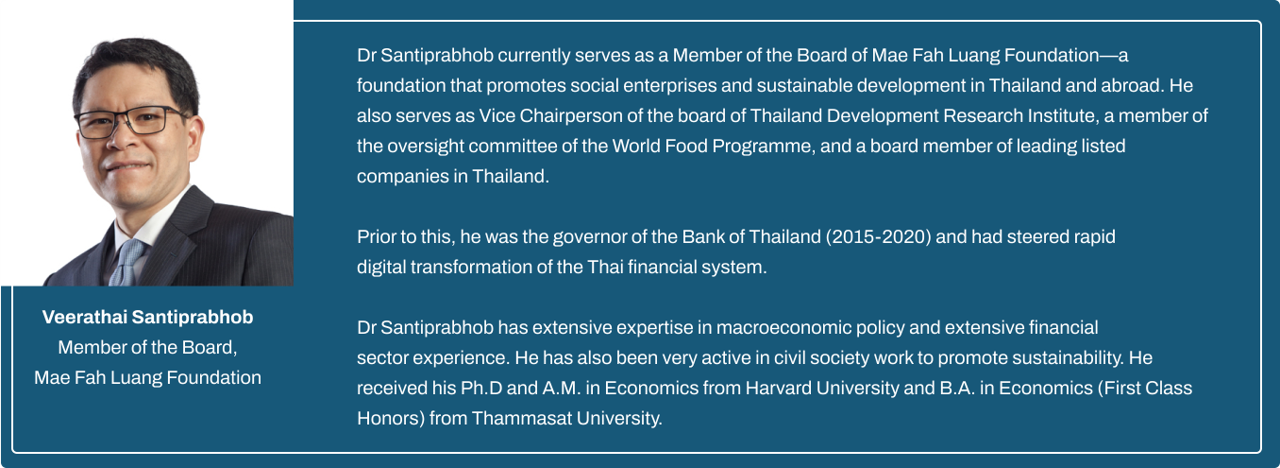
Hwee Hwee Tan

Award-Winning Writer & Editor
Tan Hwee Hwee read English Literature at the University of East Anglia, where she graduated with First Class Honours. She has a Master’s in English Studies (1500-1660) from the University of Oxford, and an MFA in Creative Writing from New York University where she went on a New York Times Foundation Fellowship. She published her first novel, “Foreign Bodies”, at the age of 22. Her second novel, “Mammon Inc”, won the Singapore Literature Prize. Tan has received awards from the National Arts Council, the National University of Singapore, the New York Times Foundation and the British Broadcasting Corporation. She received the Young Artist Award for Literature from the National Arts Council in 2003. Tan has also worked as a journalist. She was a technology and marketing reporter for Adweek in New York and also spent a stint as a lifestyle journalist for the Business Times in Singapore. As a freelance journalist, she has contributed to major international publications, including TIME, the New York Times, Forbes, Harper’s Bazaar, the Straits Times and the BBC. Tan has also branched out into a wide range of copywriting. Clients include Singtel, Sony, Randstad, DBS, Nanyang Technological University, Resorts World Sentosa and the Singapore Tourism Board.




